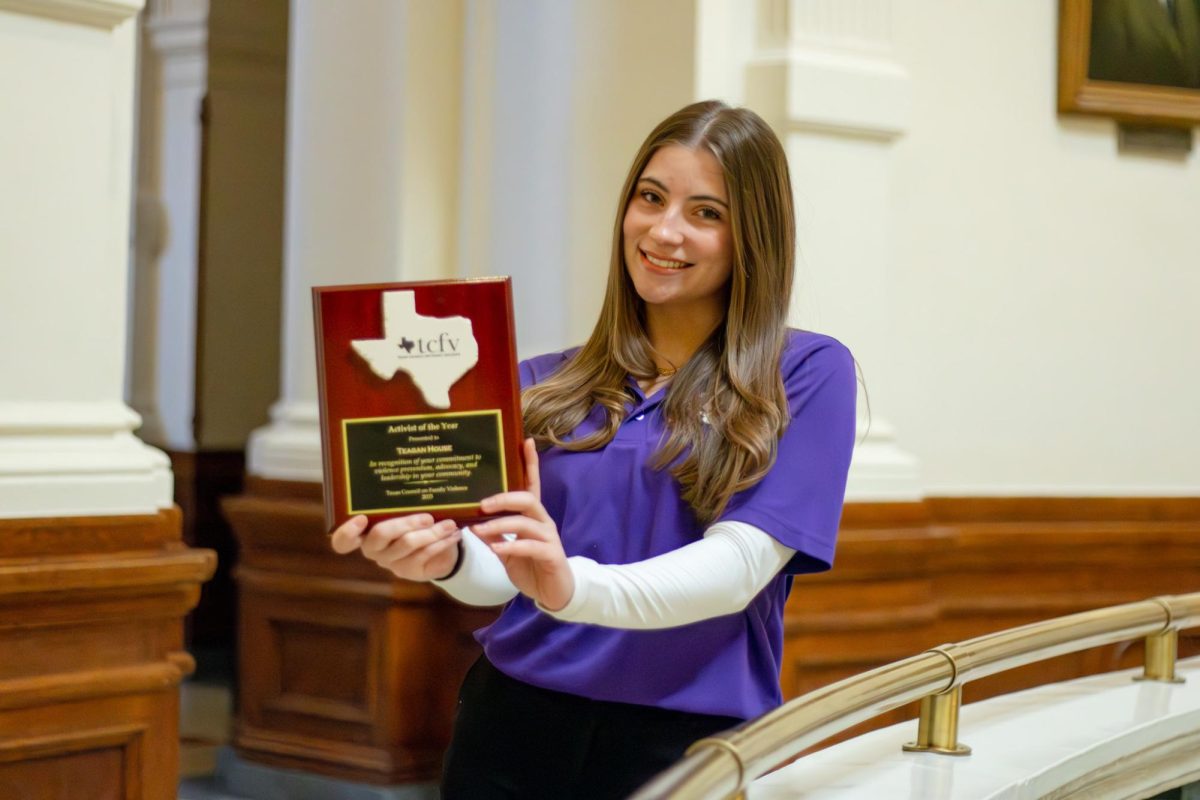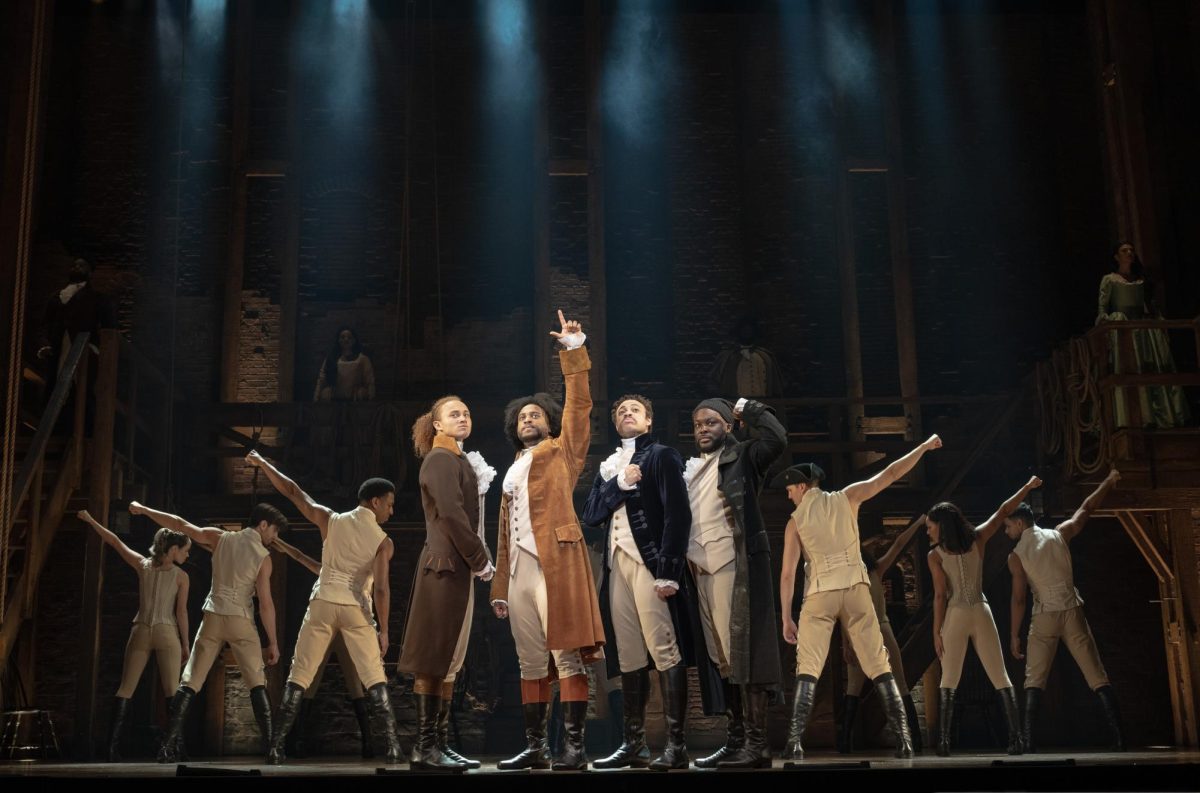Eclipses make for rare and captivating phenomena, stimulating the creative imaginations of humans for millennia. As an ode to the upcoming solar eclipse on Monday, UT’s Visual Arts Center hosted its own space-inspired celebration through the art of the University’s creatives.
“Soon Moon,” a 5-day eclipse-inspired show, open from April 5 to April 9, features the art of UT students, faculty and staff. The show will remain open for only five days as a reflection of the impermanence of the eclipse itself. Lead curator Jennifer Irving said despite centering around the eclipse, many artists took the pop-up gallery as a chance to experiment.
“(The artists) took it to mean more than just making it directly space-themed,” Irving said. “They’re interpreting it a lot deeper than we could have guessed.”
On the opening day, the show featured a performance by Billy X. Curmano, an award-winning independent artist best known for shocking demonstrations such as being buried alive for three days, swimming the entire length of the Mississippi River and laying on a bed of nails. During his April 5 performance, Curmano reflected on a 40-day fast he spent in Death Valley which coincidentally ended on the same day as the first lunar eclipse of the 21st century.
“I experienced this marvelous celestial event … under amazing circumstances,” Curmano said. “Now I’m looking forward to experiencing the solar eclipse. They’re really quite connected.”
Curmano said he hoped his performance increased curiosity about the heavens.
“The Earth is spinning at 1000 miles per hour. It’s circling the sun at about 67,000 miles per hour. Our moon is orbiting us at 2288 miles per hour,” Curmano said. “And all of these (things) have to align perfectly. I think that’s amazing.”
Nicholás Dumit Estévez Raful, social practice artist-in-residence at UT, hosted a multi-log discussion at “Soon Moon” where the public received the opportunity to share their thoughts about the eclipse. Estévez, who invited Curmano to perform, said eclipses present a valuable opportunity to come together as a community.
“Maybe we can learn from the eclipse,” Estévez said. “That sense of community and sense of embracing everybody gets restored.”
Art education junior Jane Simmons showcased an oil painting titled ‘Drifting’, which drew upon connections between the moon and femininity. She said artists respond to the eclipse in diverse ways.
“It’s cool to see what people associate and what they’ve made when they think about an eclipse and the heavenly bodies,” Simmons said. “It’s a connection with the natural world.”
Studio art senior Mai Deguchi exhibited a landscape painting loosely based on surrealism. She said her fascination with working with “weird perspectives” connects with the almost paranormal nature of the eclipse.
“It’s an otherworldly sort of space I create,” Deguchi said. “In essence, an eclipse seems very magical.”
With a lot of uncertainty about the world, Estévez said he hopes the eclipse and celebrations of it will give a much-needed opportunity to pause and rediscover a sense of wonder as a community.
“I believe in the power of performance art to restore our bodies, minds and spirits,” Estévez said. “I feel that that is so much needed, given what’s happening globally.”














